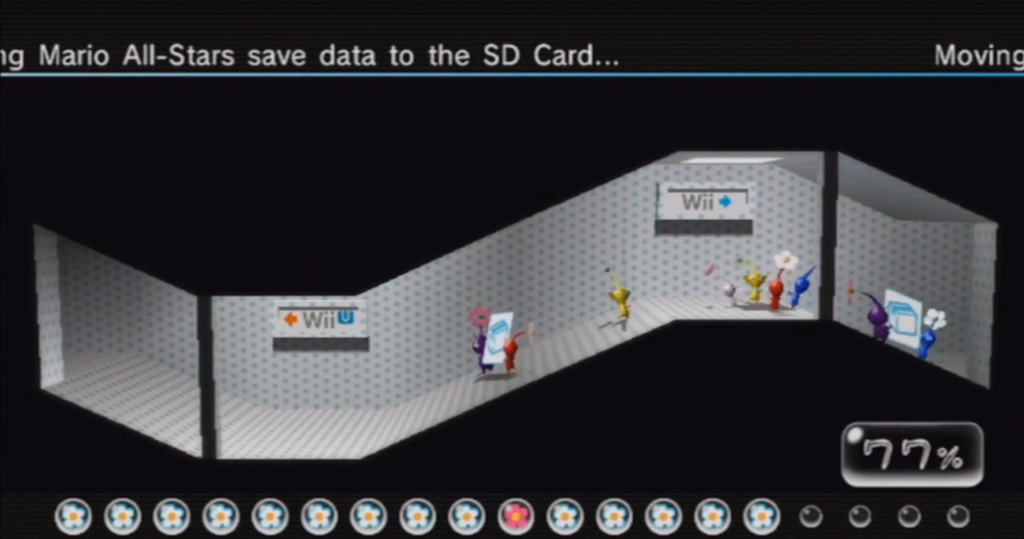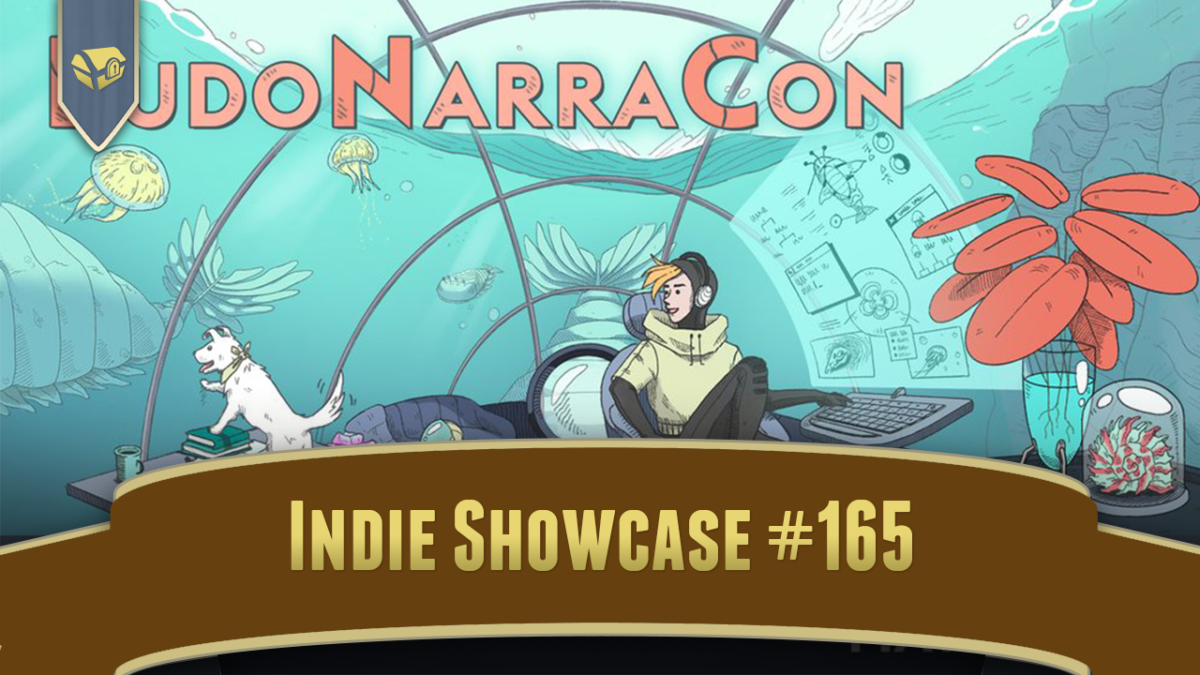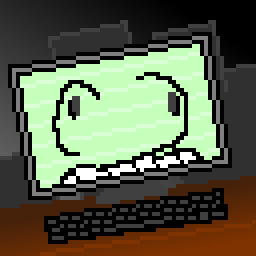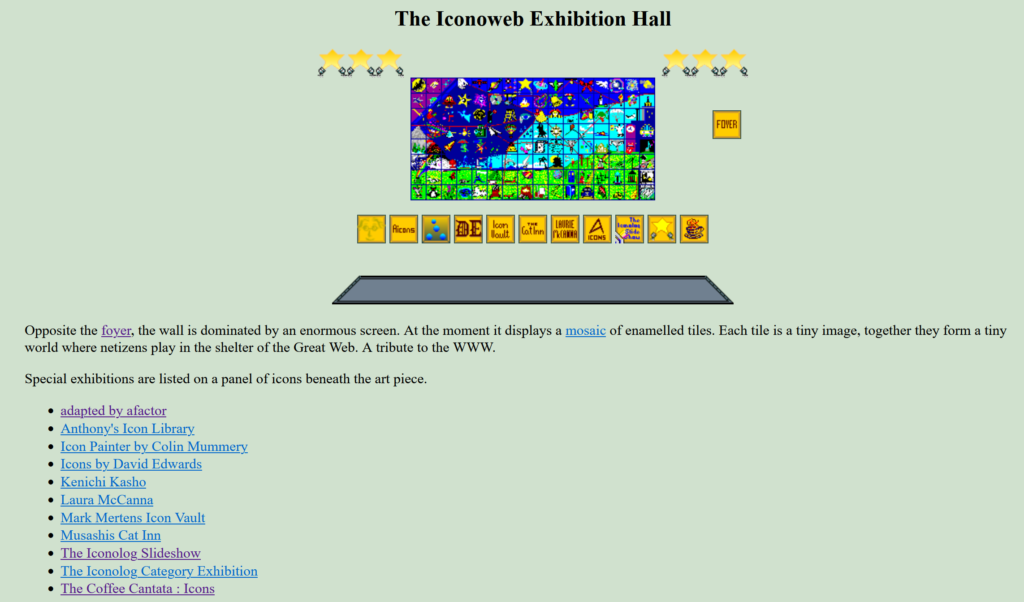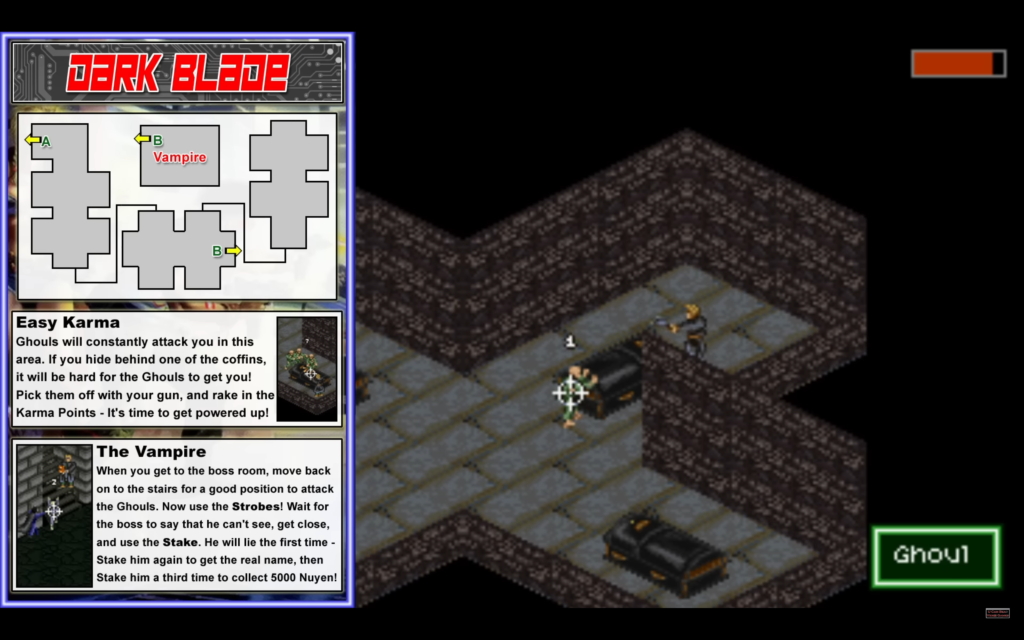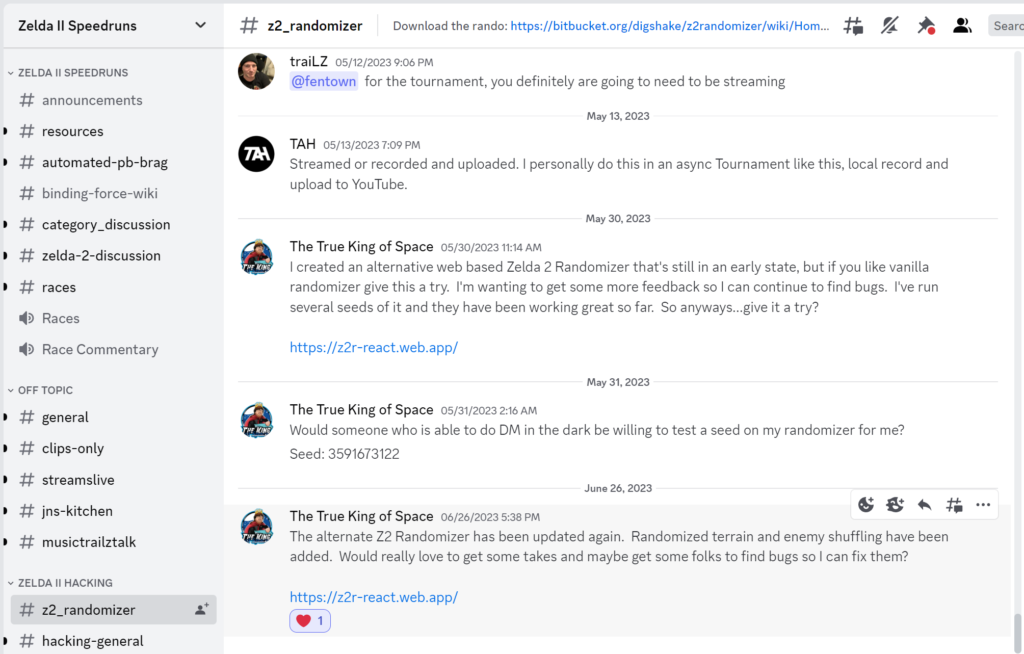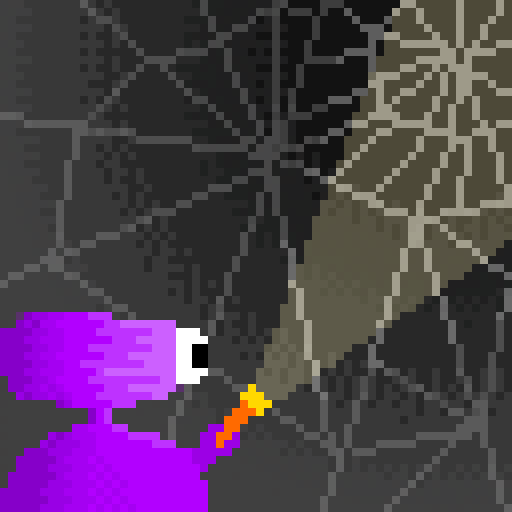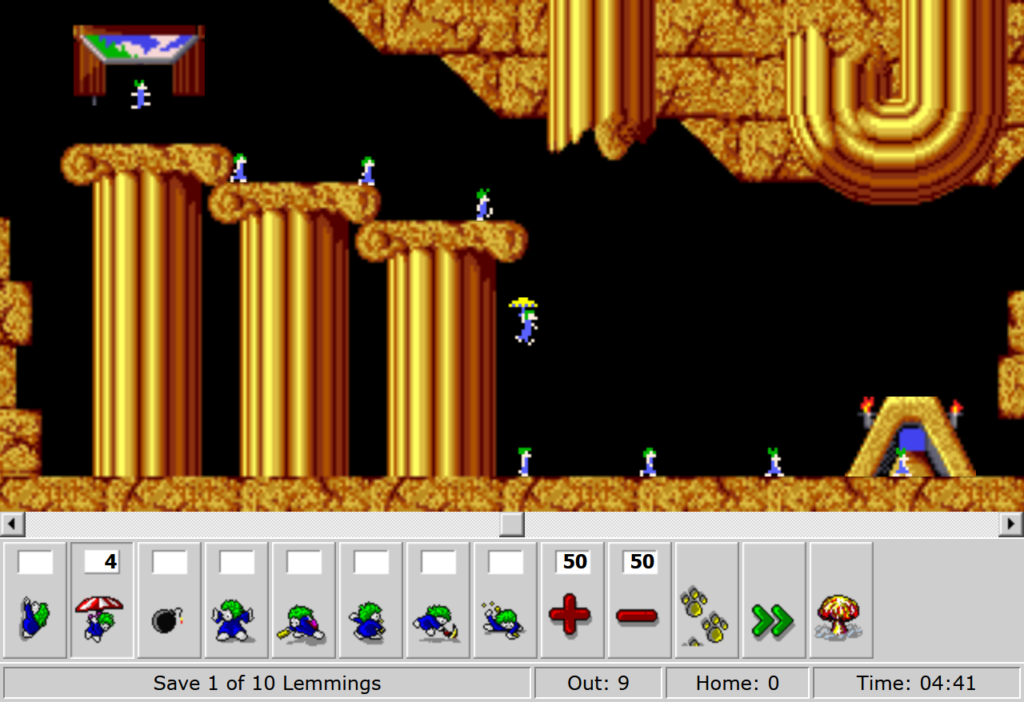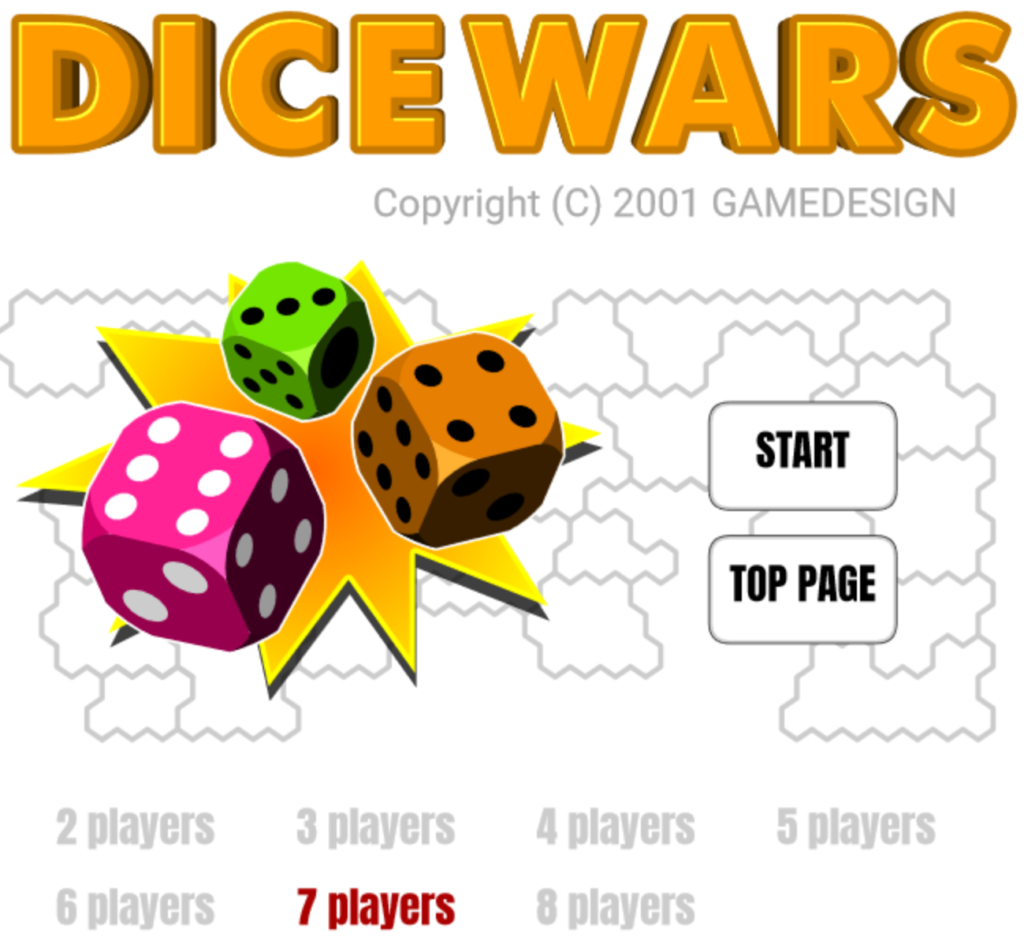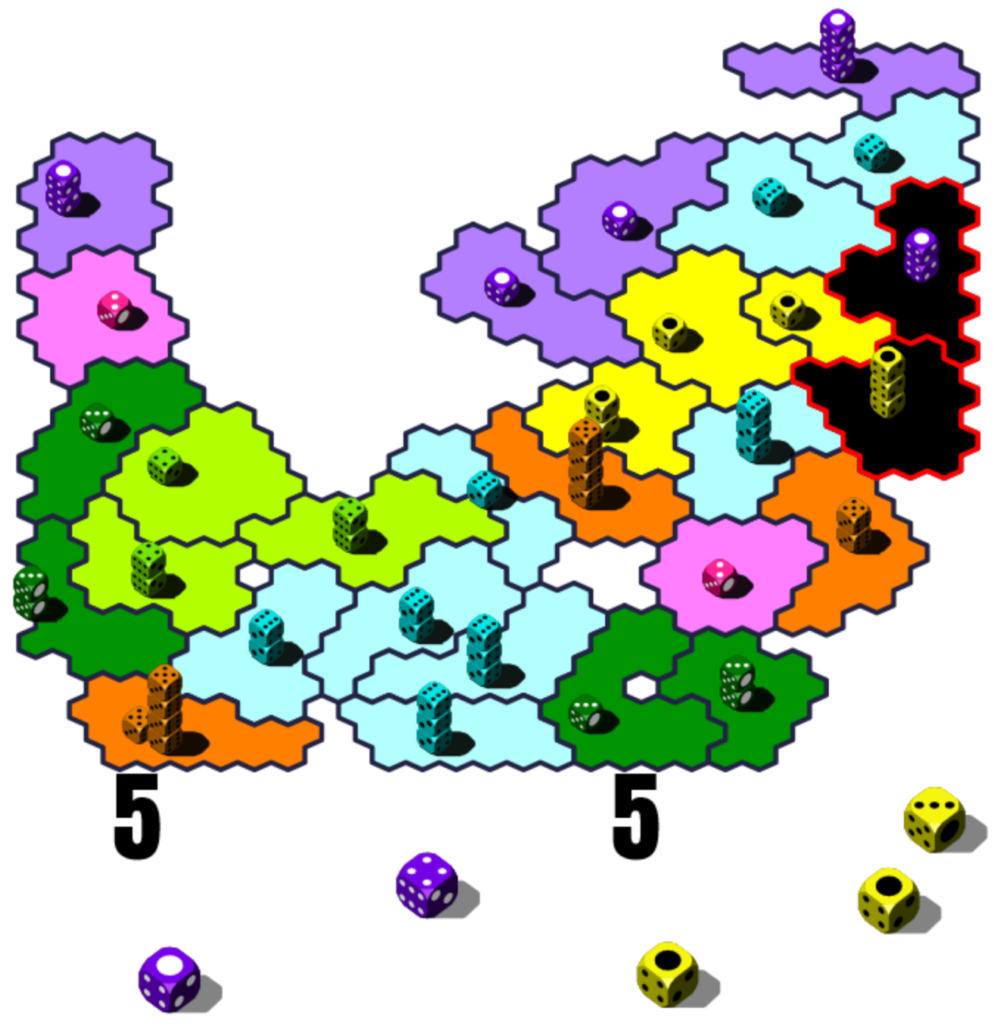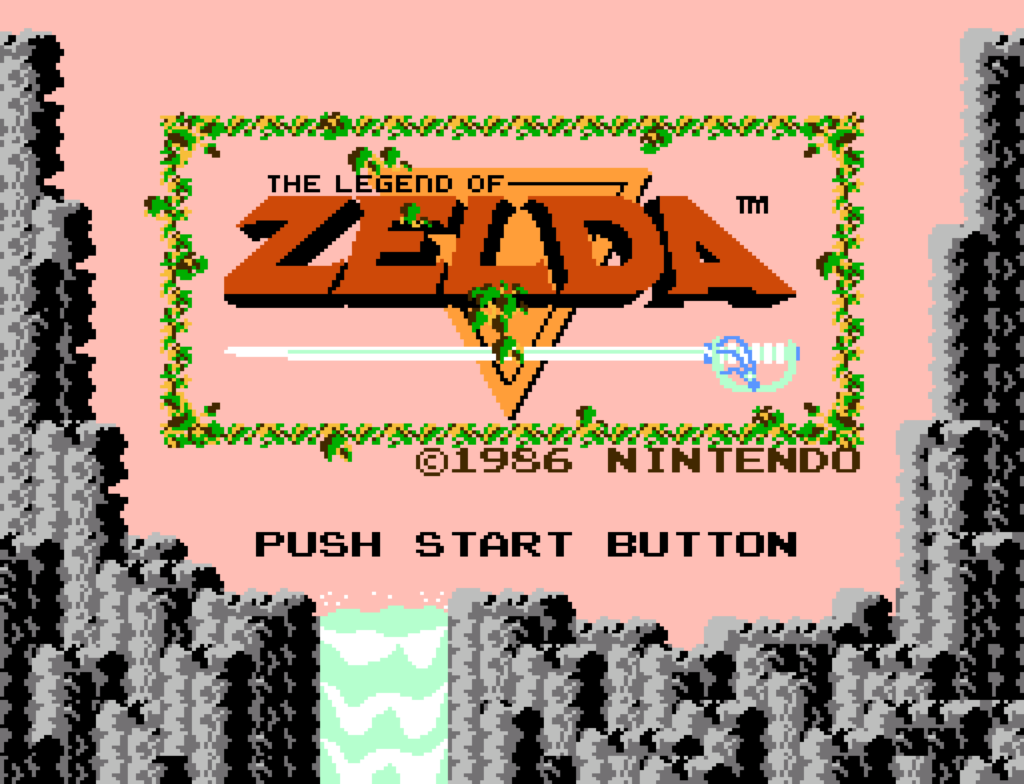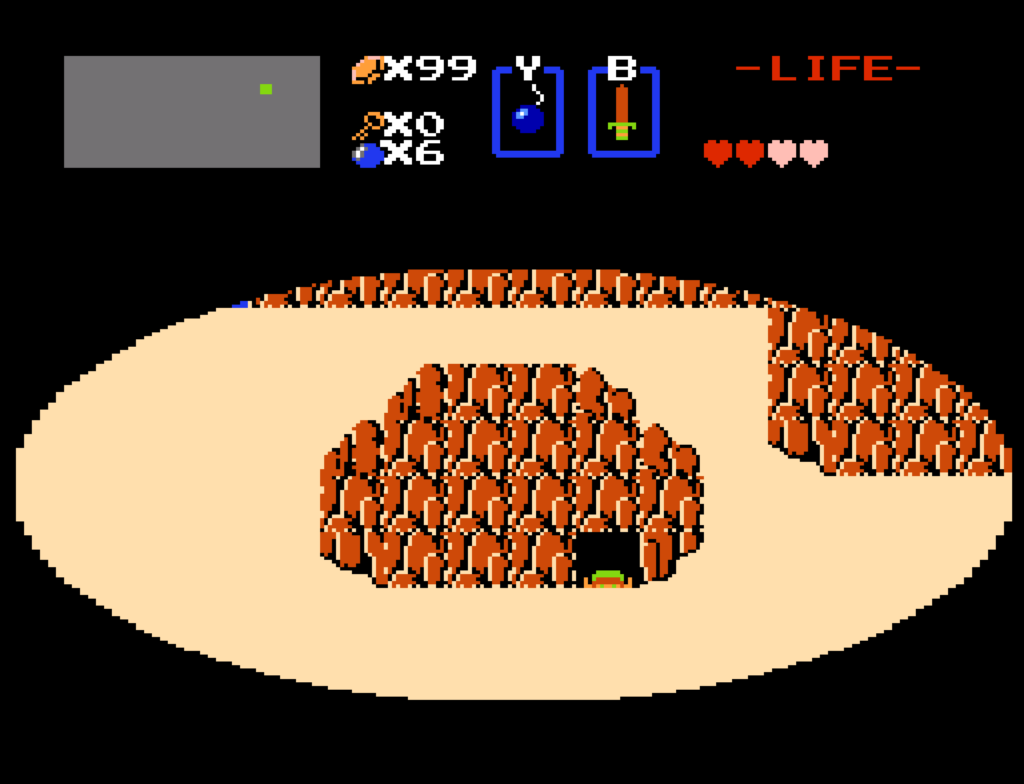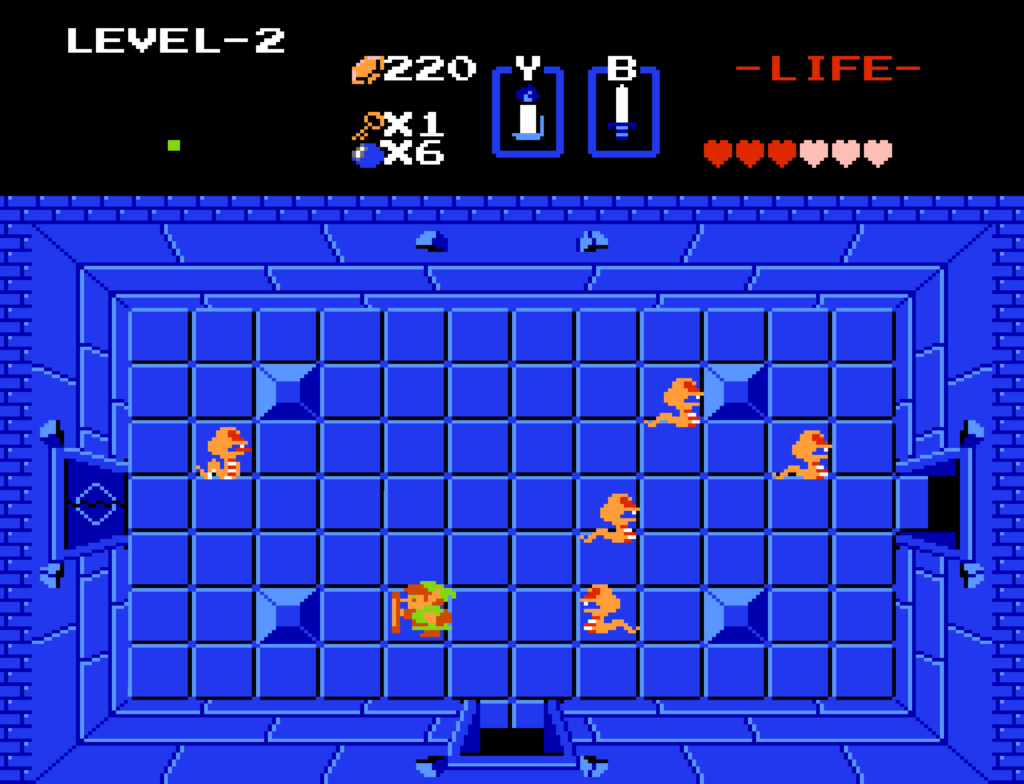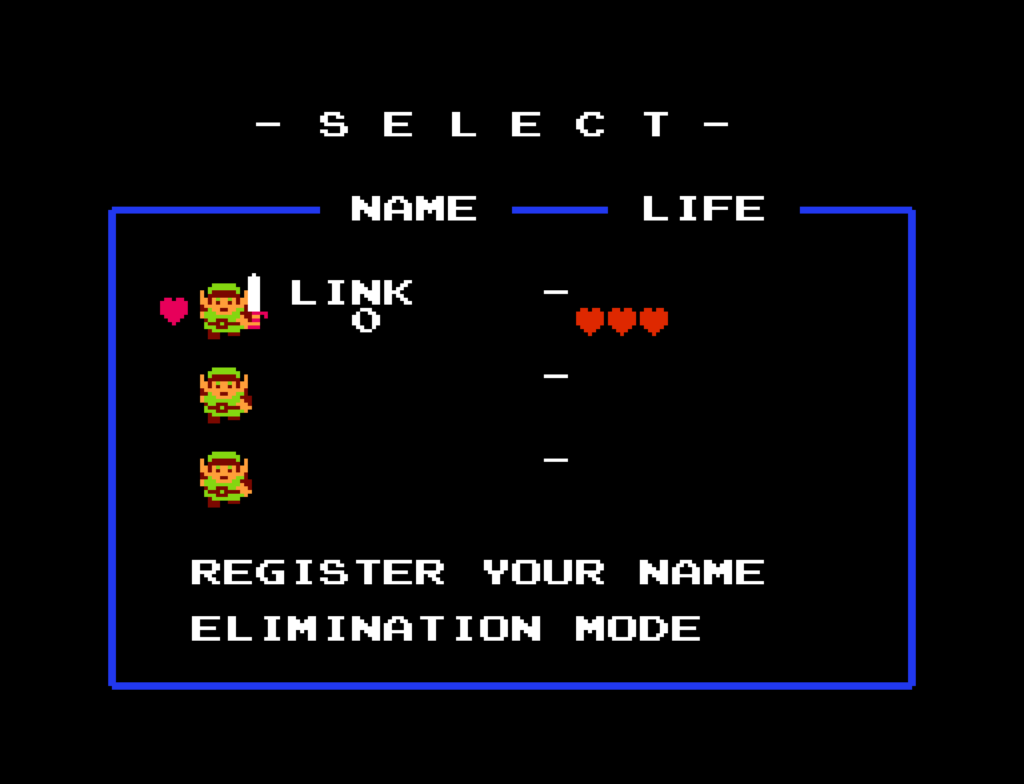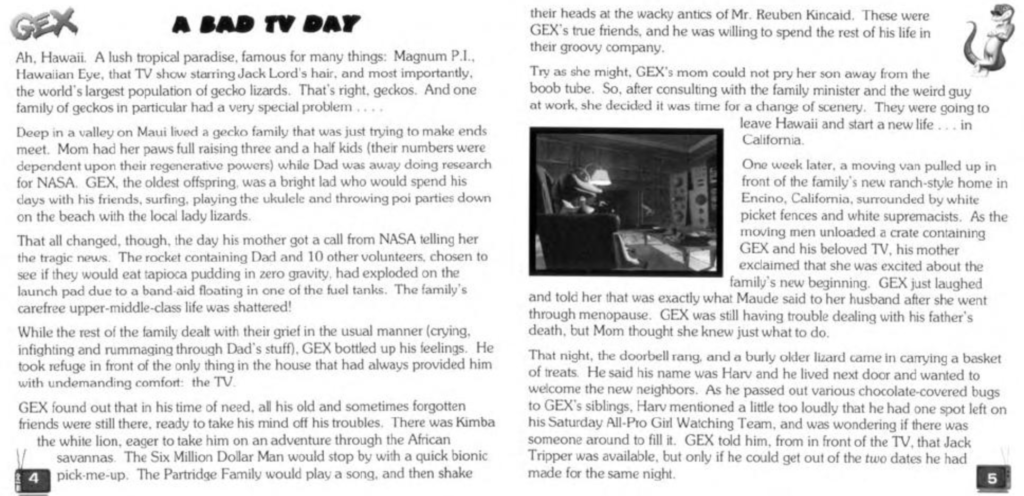In my teens I got started coding on my old Commodore 64s. Learning to program was a much different process back then, there was no internet to answer basically any question you’d have almost on a whim, everything I picked up came from some written matter, mostly programmer’s guides (including the definitive guide to using the hardware, the Programmer’s Reference Guide) or periodicals like Compute’s Gazette, Ahoy! and Commodore Magazine.
The C64 had a lot of graphics features, made possible by the machine’s powerful VIC-II chip. All of the home computers of the time had tricks one could use to get extra mileage out of their bespoke graphics hardware. The Atari 8-bit computers had display lists, for instance. The VIC-II had a powerful raster interrupt facility, the ability to share memory with the processor (at the cost of delaying the whole machine while it did so), eight surprisingly large hardware sprites (in double-width mode they could fill a whole scanline, something the NES’ sprites could only dream of doing), and a collection of interesting and flexible graphics modes.
Most of the time the C64 was in character mode, which was the standard kind of tile-based mode that pretty much all home computers at the time used by default, suitable for displaying messages, coding and some graphics. The ’64 three such modes: the standard mode where each character had a single color along with the screen-wide background color; a multicolor mode that gave a character its own color, up to two colors shared throughout the screen and that background color, and (mumble mumble). Sorry, what’d I say? I’ll get to that later.
The system also had two bitmapped modes that worked similarly, just directly viewing a region of memory instead of using each byte as an index into a character set. One mode was like the standard character mode, where the 1s in the bitmap were colored and the 0s were the background color; the other was multicolor mode, which similarly worked like it did in multicolor character mode: one color per 8×8 region, two colors shared throughout the screen, and the background color.
The problem with multicolor mode was, you had to trade horizontal resolution to use it. The big limiting factor to many computers’ graphics then was memory use: finding a way to encode the graphics information so the chip could access it and convert it into a video signal quickly enough to meet the needs of the display. So, to fit an 8-pixel-wide section of screen into the single byte it needed to be squeezed into, it could either use a one-to-one dot to screen ratio, or sacrifice two bits for one extra-wide pixel of up to four possible colors.
UNLESS
The Commodore 64 had a fifth graphics mode. The one I mumbled over earlier. The much-ignored Extended Background Color mode.
It was another character based mode that, instead of forcing you to make use of one background color over the whole screen, gave you up to four such colors. Every cell on the screen could display a character using its full 8×8 resolution, but could also pick which of those background colors it could have. Useful!
Well… not as useful as you’d think. There’s always a tradeoff, and Extended Background Color’s tradeoff was a dire one. How does the VIC-II chip know which background color to use for each character cell? It uses the two high-order bits of each character byte. Meaning, while you could decide which of two colors would be used in each cell with a lot greater nuance, you only had 64 characters to work with! A full screen of 1,000 characters is a lot to fill with just 64 possible tiles. A lot of repetition would be unavoidable, which is probably why it was so little-used.
It essentially was either this:

or this

These images are a little misleading, because I used the Commodore 64’s default ROM character set to make them, and the second half of its characters are just mirror images of the first half. But if you define your own characters, which basically any game worth its salt will do, it greatly reduces the number of tiles at your disposal. There may be some sneaky ways around it, sure, but they all involve their own tradeoffs.
I explain all this because Extended Background Color Mode is my best guess as to how Trap Door and Popeye do their graphics.
Here’s video of a playthrough of Popeye. It’s about 21 minutes, but it shouldn’t take long to get what I mean. It’s not Nintendo’s Popeye, it’s a completely different game.
And here’s a playthrough of Trap Door, with graphics by the same person:
Look at those huge characters! How could this be possible, and with that color depth? The C64 can have huge sprites, but only at the cost of making all their dots twice as tall and/or wide. And the pixels aren’t even multicolor mode wide. I can’t quite make sense out of it! Unless, maybe the games are displaying their large characters using the character set, which explains why they jerk along the screen? And the colors are using Extended Background Mode? That might explain the simplicity of the backgrounds, with only 64 characters to work with that means a lot of reused tiles.
I guess the point of this post is: what gives?

